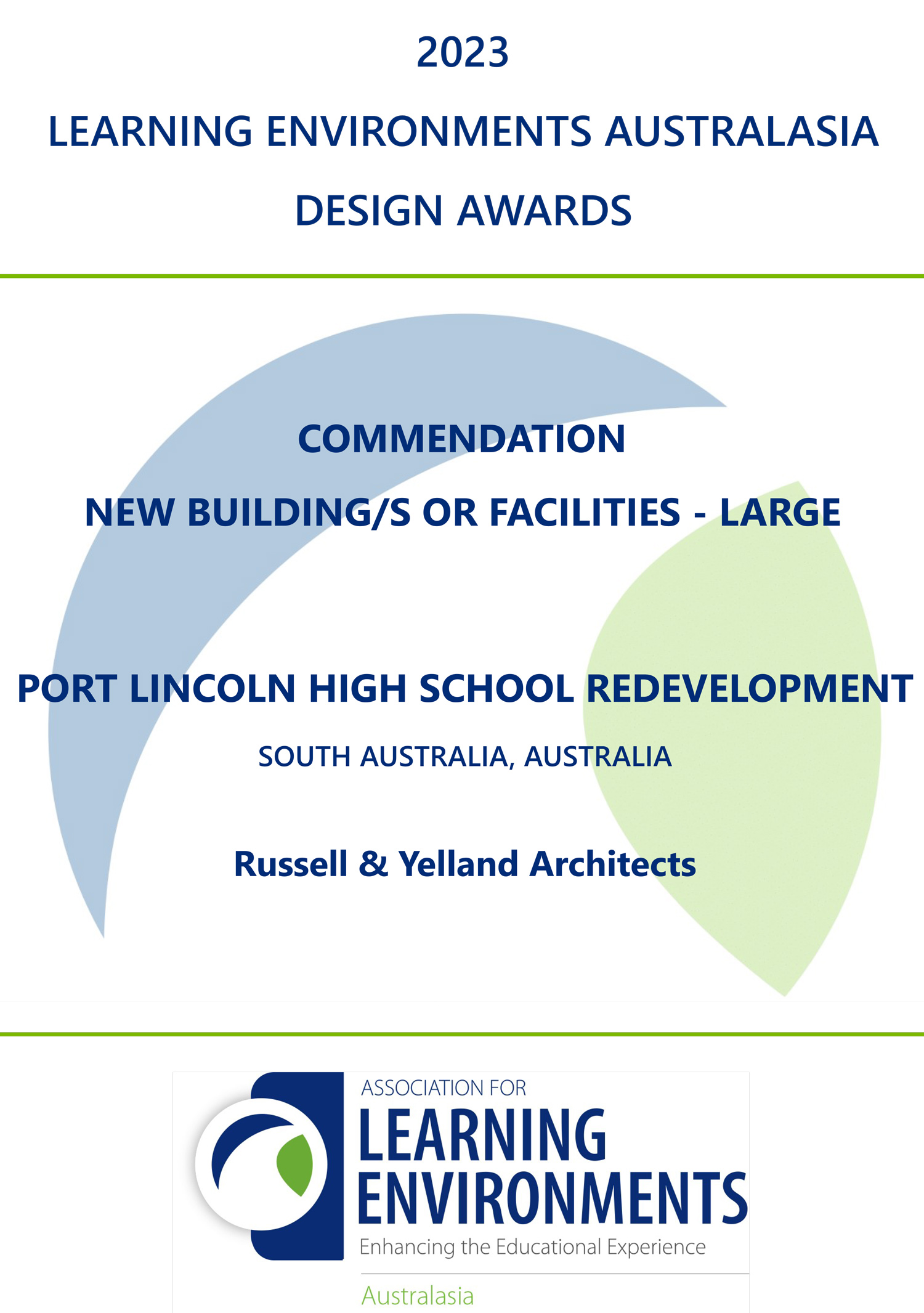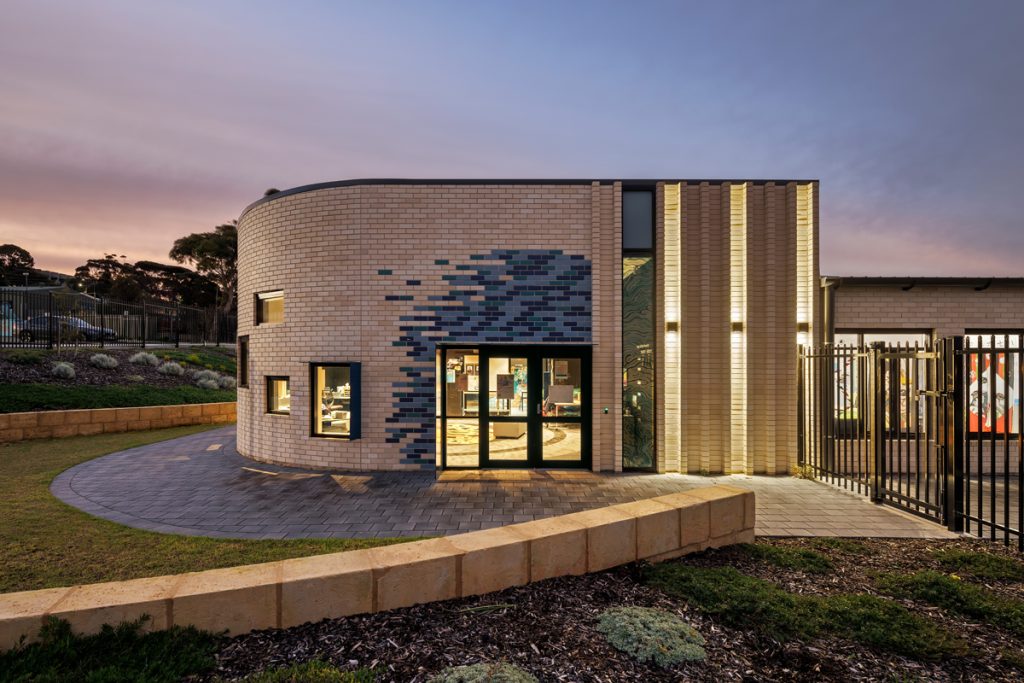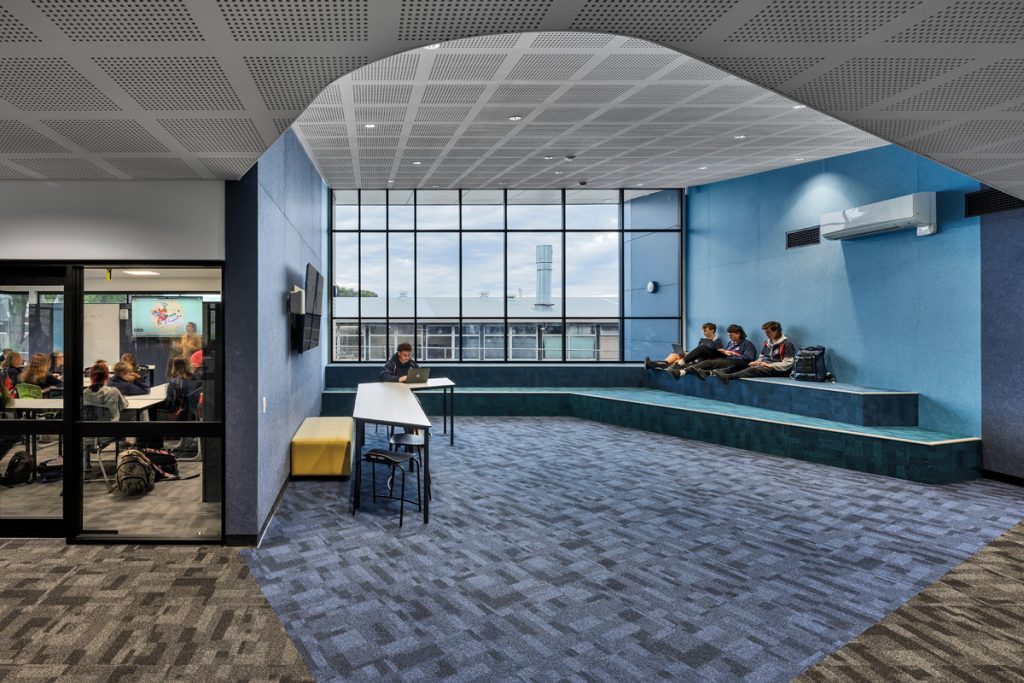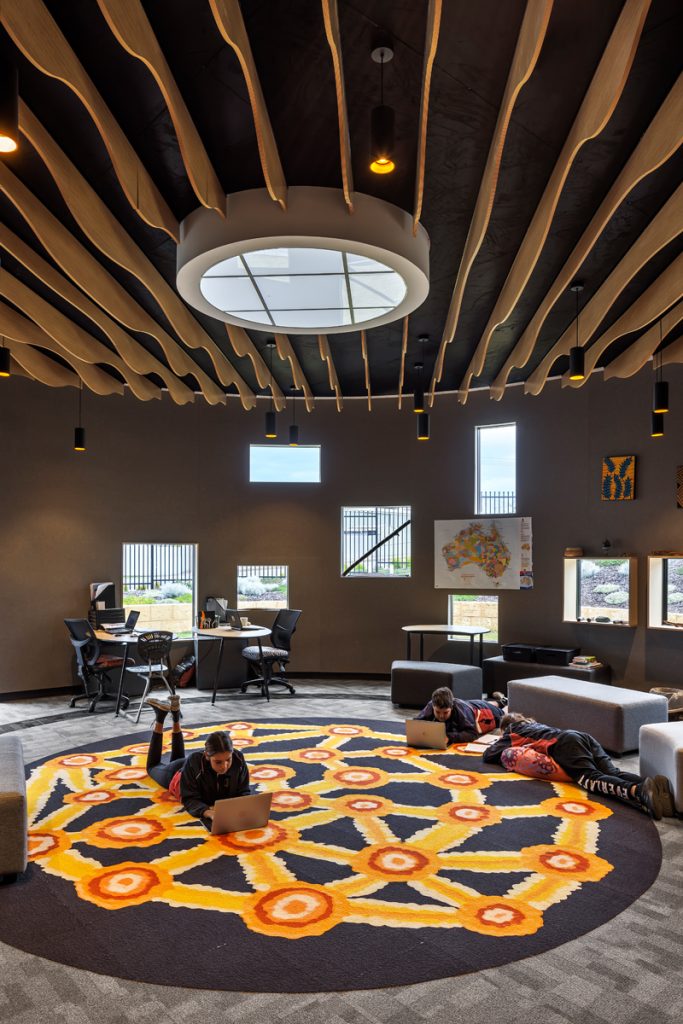
PLHS Principal Todd George recently received a phone call from Mr. John Held, Director of Russell and Yelland, the architecture firm responsible for the design of our $15M redevelopment (Specialist Building, Year 7 Building, new Canteen/Kitchen). John provided the wonderful news that our project had received a Commendation at the 2023 Learning Environments Australasia Design (LEAD) Awards presented in Christchurch, New Zealand.
The LEAD Awards celebrate excellence in the design of learning spaces. Entries were submitted from Australia, New Zealand and Singapore across eight categories. Our project was one of 25 submissions in Category 3: New Building/s or Facilities – Large.
Congratulations to John and his team at Russell and Yelland on a job very well done.
FULL CITATION:
The Port Lincoln High School Redevelopment is an outstanding example of how extensive consultation with staff, students, community, and First Nations representatives can lead to a building that meets the school’s curriculum within the allocated budget with a site-specific response. The new facilities balance the often-competing needs of different student cohorts, from providing an inclusive and nurturing home for year 7 students, to supporting the specific needs of Special School students. Diverse subjects are accommodated in a new specialist facility, with a practical interaction between art, languages, Aboriginal studies, and special education classes maximising flexibility while optimising space use and ensuring that costs are kept to a minimum.
The designers drew upon the circle for its cultural significance to First Nations stakeholders, using it as inspiration for the Aboriginal Education room. The curve motif was beyond interior finishes to a curved masonry façade, considered an important element in the design despite the added cost. The curved corner masonry signals to the street: this is a place of welcome and intention. As architects, we advocated to retain this design gesture, despite its expense; the curved façade demonstrates a lasting generosity towards First Nations education on site. Indoors, we incorporated student artwork into a circular carpet feature, utilising Indigenous student talents in a way that builds ownership of the space.
The site’s existing steep slopes presented challenges to accessibility. The design response supports inclusivity via all-weather and accessible links throughout the campus and connects indoor spaces with new green spaces.
The project is commended for its well-document, broad and inclusive engagement process, incorporation of Aboriginal design approaches, emphasis on accessibility and adroit planning to meet a relatively constrained budget.




